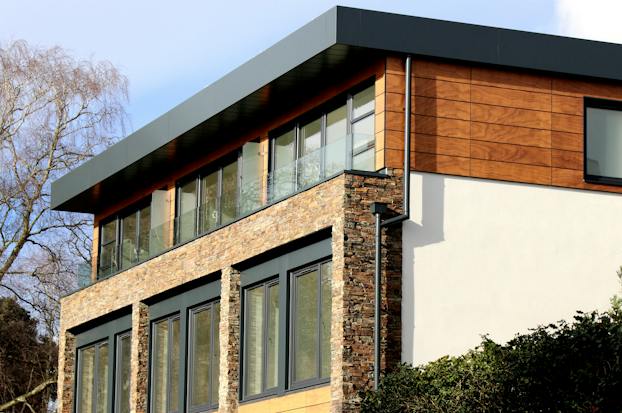Windows are a vital aspect of any building, offering natural light, views, and ventilation. However, they can also be a significant source of heat gain, especially in warmer climates or during the scorching summer months. To combat this issue, many homeowners and businesses turn to heat control window films. These films can help reduce heat transfer, improve energy efficiency, and enhance overall comfort indoors. But with various types available, how do you choose the right one for your needs?
Understanding Heat Control Window Films
Before delving into the different types of heat control window films, it’s essential to understand how they work. These films are typically made from polyester and are designed to be applied directly to the interior surface of windows. They work by reflecting or absorbing solar radiation, thereby reducing the amount of heat that enters the building.
Types of Heat Control Window Films
Reflective Window Films: Reflective window films are perhaps the most common type of heat control film. These films contain metallic particles that reflect sunlight away from the building, reducing heat gain and glare. Reflective films are often tinted to provide additional privacy and can block a significant amount of UV radiation, protecting furnishings from fading.
- Absorptive Window Films: This works by absorbing solar radiation and converting it into infrared energy, which is then dissipated as heat. These films typically have a darker appearance and are less reflective than their counterparts. While they may not provide as much glare reduction as reflective films, absorptive films can still effectively reduce heat transfer.
- Ceramic Window Films: These films are a newer innovation in the realm of heat control. These films utilize advanced ceramic nanoparticles that are embedded within the film material. Ceramic films offer excellent heat rejection properties while maintaining high levels of visible light transmission. Additionally, they are less prone to interference with electronic devices, making them an ideal choice for modern buildings.
- Low-E Window Films: Low-emissivity (Low-E) window films are designed to reduce heat transfer by reflecting infrared radiation. These films have a transparent appearance and are often used in conjunction with double or triple-pane windows to enhance their energy efficiency further. Low-E films are particularly effective in colder climates, where they help retain heat indoors during the winter months.

Choosing the Right Film for Your Needs
When selecting a heat control window film, several factors should be considered, including climate, aesthetic preferences, and budget. In warmer climates like Melbourne, where summers can be sweltering, reflective or ceramic films may offer the best solution for reducing heat gain while still allowing ample natural light indoors. However, if preserving views and maintaining a more neutral appearance are priorities, low-E films may be a better fit.

In Melbourne, where temperatures can soar during the summer months, heat control window films Melbourne are increasingly popular among homeowners and businesses seeking to improve indoor comfort and energy efficiency. By selecting the right type of film based on individual needs and preferences, residents and businesses can enjoy cooler interiors, reduced energy bills, and enhanced overall comfort throughout the year.
Finally heat control window films offer an effective solution for reducing heat gain and improving energy efficiency in buildings. By understanding the different types of films available and their respective properties, individuals can make informed decisions when selecting the right film for their specific needs. Whether it’s reflective, absorptive, ceramic, or low-E, there’s a heat control window film suitable for every situation, providing comfort and savings for years to come.
